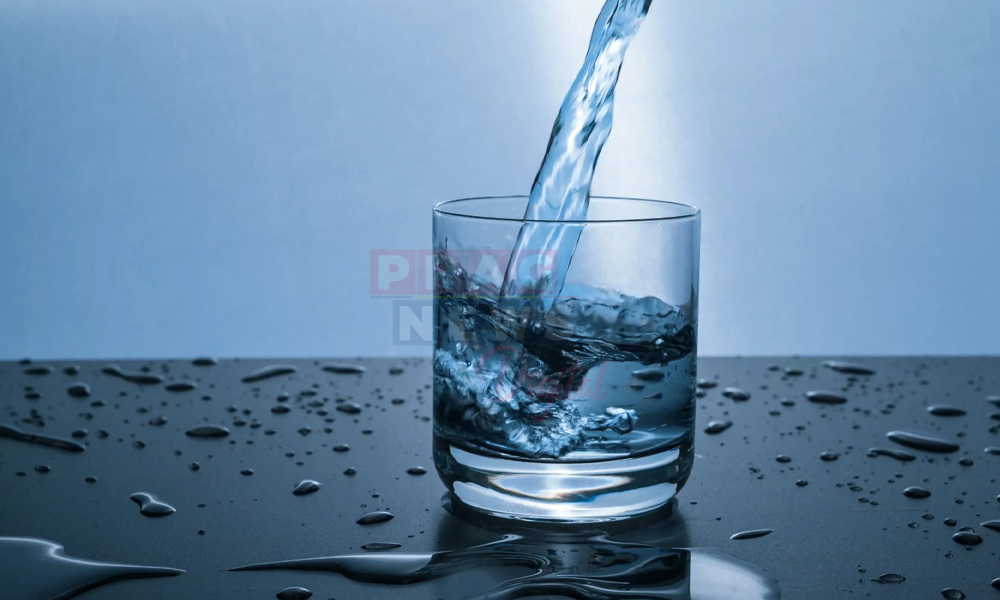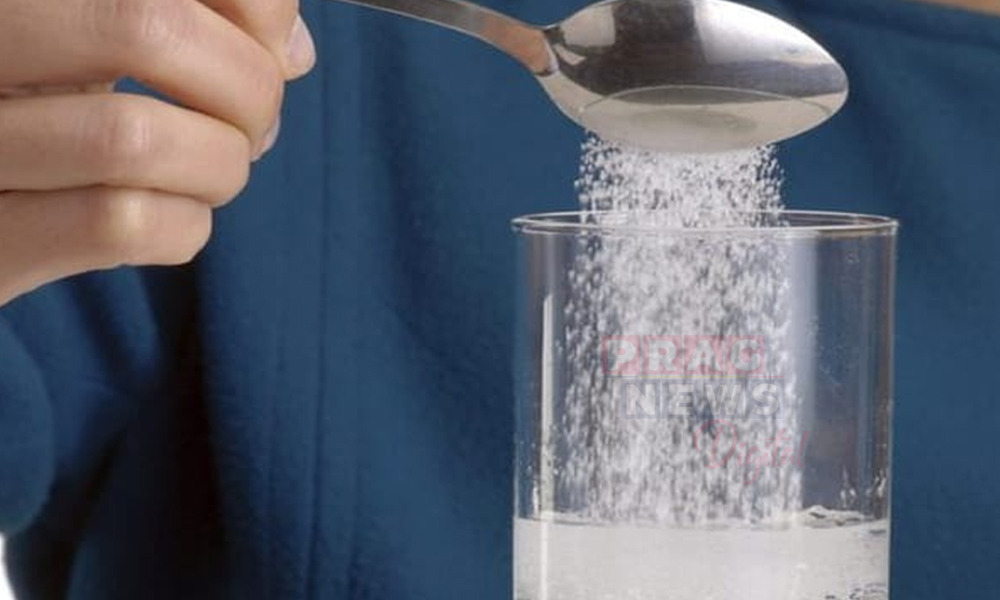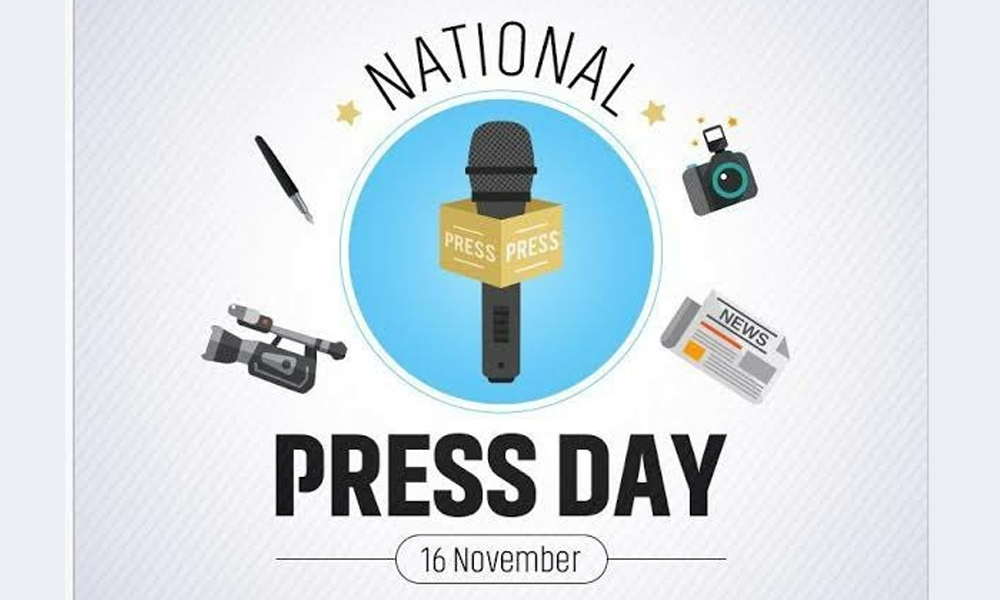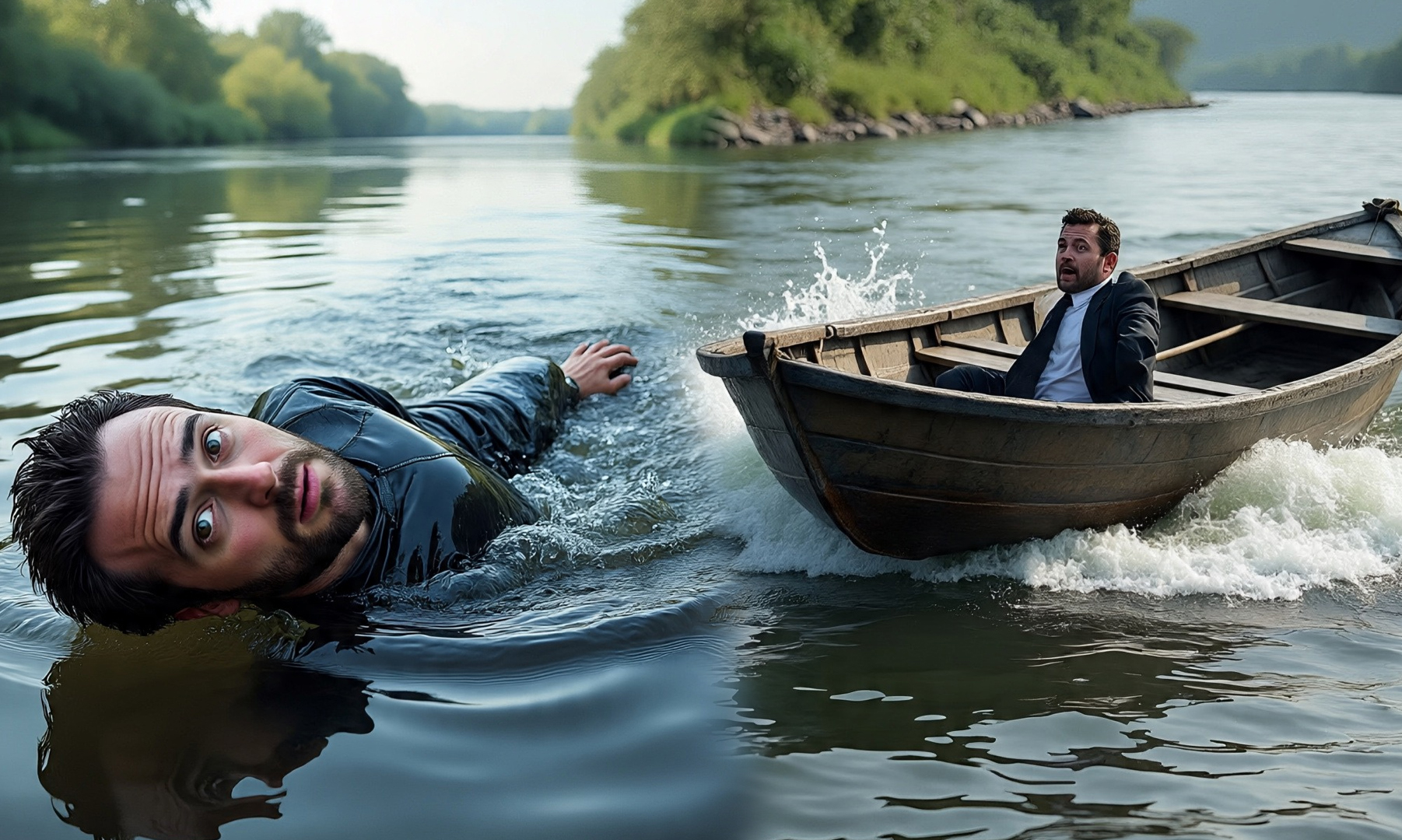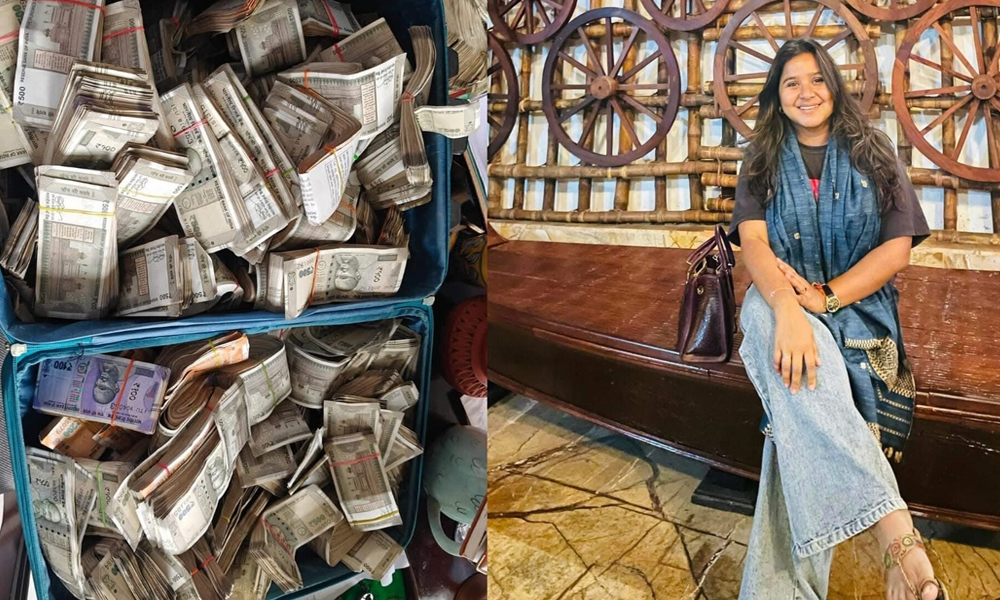Water has entered the world of connoisseurs and collectors, finding its place alongside fine wines and aged whiskies
Digital Desk: It is quite interesting that something as ordinary as water which is the most elementary need of life has becomea symbol of luxury. For centuries, we’ve taken it for granted. A glass from the tap was enough. However in this modern era, water has taken a place in the world of the connoisseur and collector as much as fine wines and older whiskies. Remember the days when water was simply water? Its role in the body was merely hydration. Now however, volcanic aquifers, glacial melt down, bottles surrounded in Swarovski crystals and bottles crowned with 24-karat gold are things of the past.
Not all water is created equal. From natural springs to glacial melts, each type of water offers something unique—whether it's taste, mineral content, or source. Here are 9 types of drinkable waters worth knowing about:-
The following 9 varieties of drinkable waters are ones you should be aware of:-
1.Spring Water
Collected directly from underground springs, this water is naturally filtered through rock, retaining minerals like calcium and magnesium. It is alkaline in nature and is also widely known to be clean and refreshing in taste. Yet not every so called spring water is in fact spring-sourced-so always check the label.
2.Mineral Water
Bottled at the source, mineral water contains at least 250 parts per million of dissolved minerals. It tends to be full of calcium and magnesium, is nutritionally beneficial and has slight salty flavor to it that royal meals with the touch of saltiness go well with.
3.Alkaline Water
Alkaline water is believed to neutralise acid in the body and increase hydration levels with a pH level of 8 or more. In the recent times, it has gain popularity in wellness communities, too much may have impacts on the amount of stomach acid.
4.Distilled Water
This is water that’s boiled into vapor and then condensed, removing nearly all impurities and minerals. Ideal where water quality is uncertain, but it may not hydrate efficiently due to the lack of minerals.
5.Purified Water
Filtered through methods like reverse osmosis or distillation, purified water is safe but lacks nutrients. It’s clean, but offers little beyond hydration.
6.Reverse Osmosis Water
This water is commonly used by people in cities, where it is highly filtered and devoid of heavy metals, as well as natural minerals- unless these have been added artificially.
7.Structured Water
A controversial type said to form hexagonal clusters for better hydration .Although it is not scientifically proven, it enjoys a fan base.
8.Glacier/Iceberg Water
This large, decadent, soft, rare, luxurious water is sourced using old age ice, and is quite often served in luxurious restaurants.
9.Tap Water
Tap water is cheaply available and frequently regulated and is neither safe nor dangerous, though it might have microplastics or lingering chemicals present. It is recommended that filtering be done.
Each of these waters offers a different story in every sip. Bottom line: Whether it’s glacier-chilled or tap-boiled, water isn’t just water anymore—it’s liquid storytelling.

